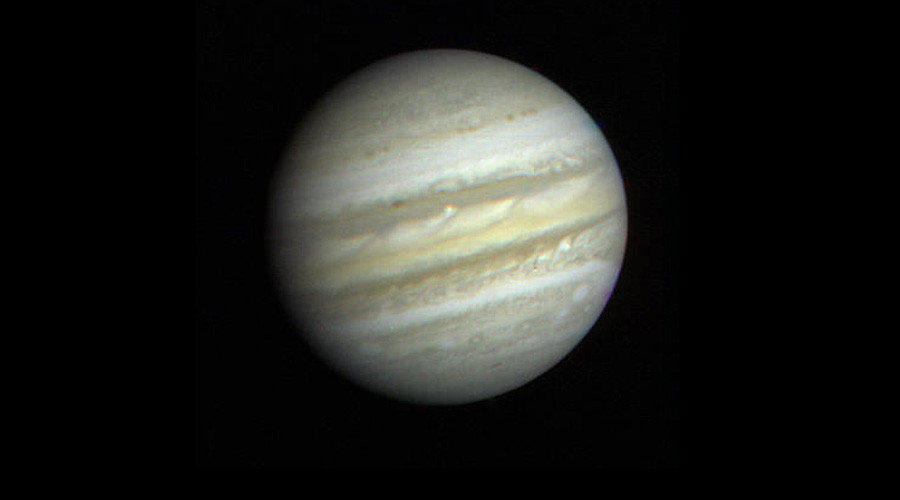OF THE
TIMES
The course of life and labour reminds me of a long journey I once took on the railway. Suddenly, there was a breakdown ahead, and passengers took the event in various ways. Some of them sat still resignedly, and never said a word. Others again, went to sleep. But some of us leaped out of that train, and ran on ahead to clear the road of all obstructions.
Tangential link: the FBI is investigating the Baltimore bridge. They will make sure nothing is found. [Link]
Junta Thug NaziZiolensky update: 🤡💩🎪 Ukrainian media: Zelensky is taking a big risk by declaring the defeat of Ukraine without providing...
Meanwhile back at the ranch some of the players are figuring it all out 🤡💩🎪 Mayor of Kyiv: Ukraine has become a hostage to the internal political...
Israel has the most sophisticated multi layered missile defense system in the western world. Iran said they would respond, then left Israel 12...
The best article I've read about ''them''. A few more pieces of the puzzle fell into place and the somewhat fuzzy picture I had has become a lot...
To submit an article for publication, see our Submission Guidelines
Reader comments do not necessarily reflect the views of the volunteers, editors, and directors of SOTT.net or the Quantum Future Group.
Some icons on this site were created by: Afterglow, Aha-Soft, AntialiasFactory, artdesigner.lv, Artura, DailyOverview, Everaldo, GraphicsFuel, IconFactory, Iconka, IconShock, Icons-Land, i-love-icons, KDE-look.org, Klukeart, mugenb16, Map Icons Collection, PetshopBoxStudio, VisualPharm, wbeiruti, WebIconset
Powered by PikaJS 🐁 and In·Site
Original content © 2002-2024 by Sott.net/Signs of the Times. See: FAIR USE NOTICE

Infrasound weapons now exist and now are causing untraceable health problems up to and including death.
Wind farms are now being indited along with diesel engines and ocean surfs. Infra sound pollution is the new killer and science has yet to catch up.